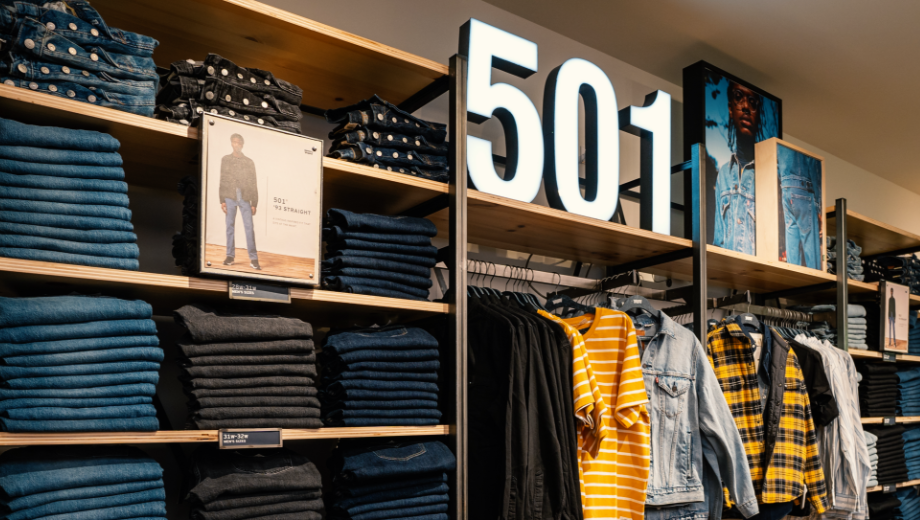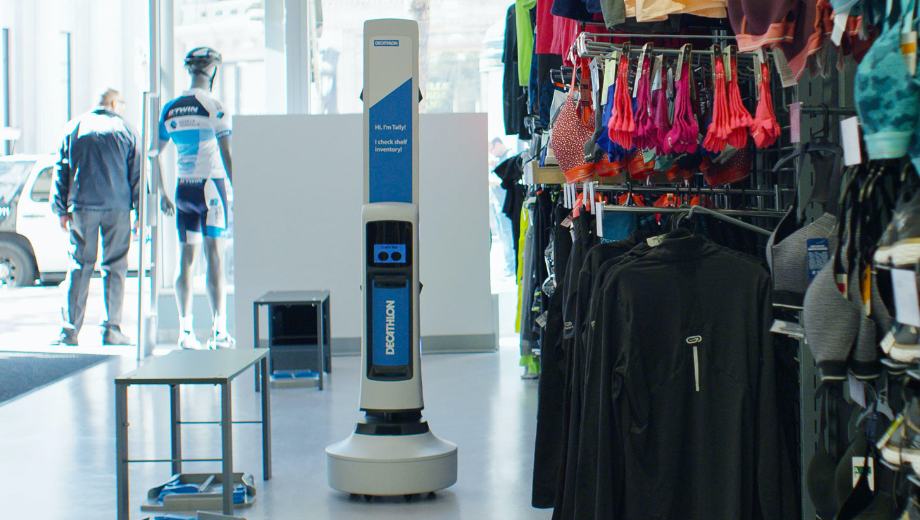According to the Global Retail Theft Barometer™ 2015, global shrinkage costs retailers more than US$120 billion every year. Moreover, counterfeit products are on the rise and estimated to make up 5-7% of world trade. Given those figures, Smartrac’s new RAIN RFID inlays based on Impinj’s latest Monza® R6-P chip are designed to meet the retail industry’s challenging requirements.
To enable state-of-the-art solutions for loss prevention and brand protection in retail environments, items such as apparel, electronics, cosmetics, pharmaceuticals or jewelry need to be serialized. The new MiniWeb, ShortDipole, DogBone, Viper and Belt RAIN RFID inlays carrying the Monza R6-P chip are the perfect basis for such systems in a wide range of applications.
Additional memory and features
Like its Monza R6 siblings, Monza R6-P delivers unmatched read performance and data integrity for effective item intelligence applications, and record-breaking encoding performance to enable the lowest applied-tag cost. Impinj’s latest IC also includes revolutionary technologies such as automatic performance adjustments and encoding diagnostics. With the addition of up to 128 bits of EPC memory, up to 64 bits of user memory, “Kill Password” capability and a range-reduction switch, all the necessary elements are in place to create advanced solutions such as loss prevention, brand protection and enhanced privacy.
Loss prevention and brand protection
For loss prevention applications, brand owners, service bureaus or retailers can write a store code into the user memory of each item’s tag. After the purchase, an exit gate then is able to register in a few milliseconds, whether any particular tagged item is sold or not-sold. Using a Kill Command and password, the tag can be rendered unreadable once the item is sold, to ensure customer privacy.



